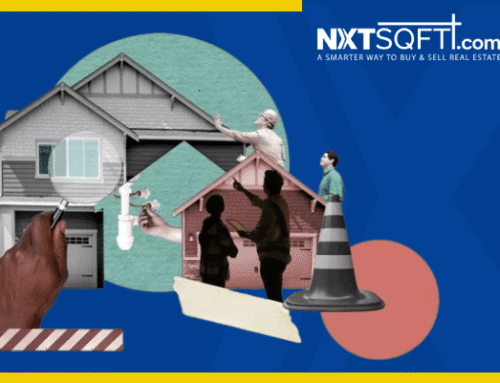Whether you’re doing an inspection as a seller before listing your home, or as a buyer whose offer has been accepted, the goal is the same: you want a professional evaluation of the home’s condition. Here are 12 key areas.
General Evaluation: A visual inspection of the entire property with a comprehensive overview of its condition.
Foundation and Drainage: A visual inspection checking for cracks, leaks, and the foundation’s overall integrity.
Mold: A visual inspection and, if necessary, testing of extracted samples to determine its presence and levels.
Structural: A visual inspection of the condition and integrity of all structures on the property, including the home, garages, and sheds.
Radon: Testing devices are placed in the home to measure radon levels.
Asbestos and Lead: If these substances are thought to be present, a visual inspection and testing of extracted samples to determine their presence and levels.
Sewer: If this is called for, a guided-camera inspection to look for cracks, roots, and other blockages.
Termites: A visual inspection for evidence of these wood-destroying insects.
Roof: A visual inspection of its condition.
Chimney: A visual inspection, supplemented by a guided camera inspection if necessary, to look for structural damage and creosote buildups.
Grounds: A visual inspection of the lot’s character and slopes.
Pool, spa: A visual inspection of the condition and working mechanicals.
If there are plumbing or electrical concerns, hire a plumber or electrician for a specific evaluation of the system in question.
Thinking of selling or buying a home? Please text, call, or email us to learn about your best options today!











